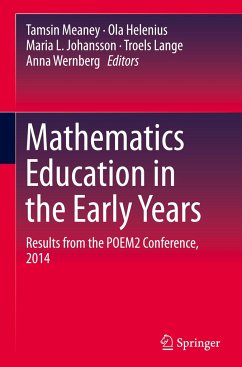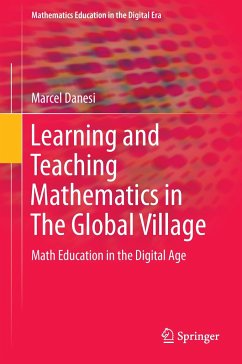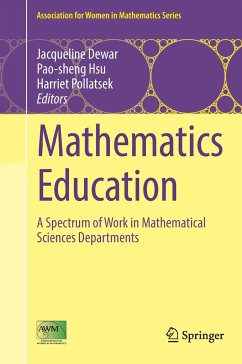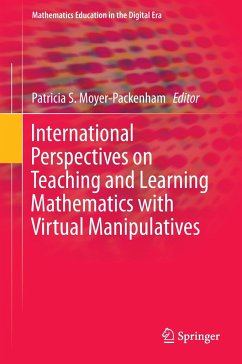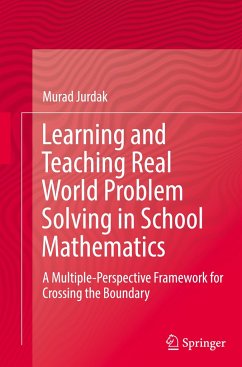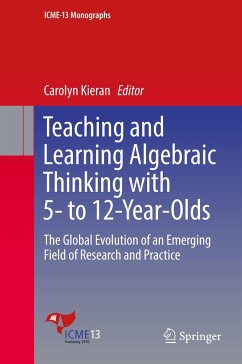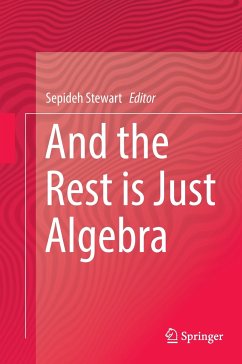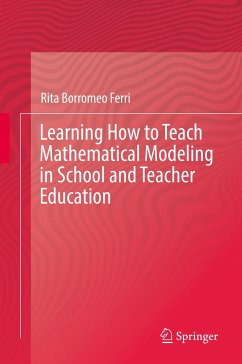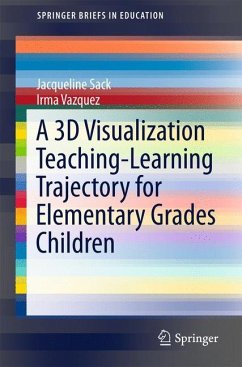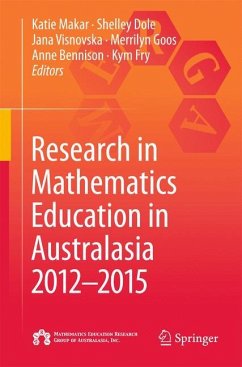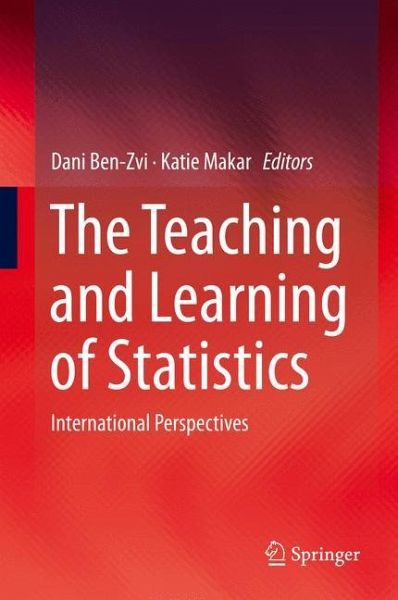
The Teaching and Learning of Statistics
International Perspectives
Herausgegeben: Makar, Katie; Ben-Zvi, Dani

PAYBACK Punkte
49 °P sammeln!
This book presents the breadth and diversity of empirical and practical work done on statistics education around the world. A wide range of methods are used to respond to the research questions that form it's base. Case studies of single students or teachers aimed at understanding reasoning processes, large-scale experimental studies attempting to generalize trends in the teaching and learning of statistics are both employed. Various epistemological stances are described and utilized.The teaching and learning of statistics is presented in multiple contexts in the book. These include designed s...
This book presents the breadth and diversity of empirical and practical work done on statistics education around the world. A wide range of methods are used to respond to the research questions that form it's base. Case studies of single students or teachers aimed at understanding reasoning processes, large-scale experimental studies attempting to generalize trends in the teaching and learning of statistics are both employed. Various epistemological stances are described and utilized.
The teaching and learning of statistics is presented in multiple contexts in the book. These include designed settings for young children, students in formal schooling, tertiary level students, vocational schools, and teacher professional development. A diversity is evident also in the choices of what to teach (curriculum), when to teach (learning trajectory), how to teach (pedagogy), how to demonstrate evidence of learning (assessment) and what challenges teachers and students face when theysolve statistical problems (reasoning and thinking).
The teaching and learning of statistics is presented in multiple contexts in the book. These include designed settings for young children, students in formal schooling, tertiary level students, vocational schools, and teacher professional development. A diversity is evident also in the choices of what to teach (curriculum), when to teach (learning trajectory), how to teach (pedagogy), how to demonstrate evidence of learning (assessment) and what challenges teachers and students face when theysolve statistical problems (reasoning and thinking).





